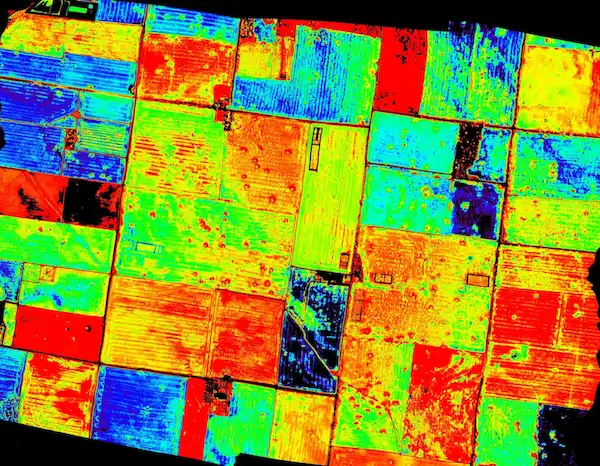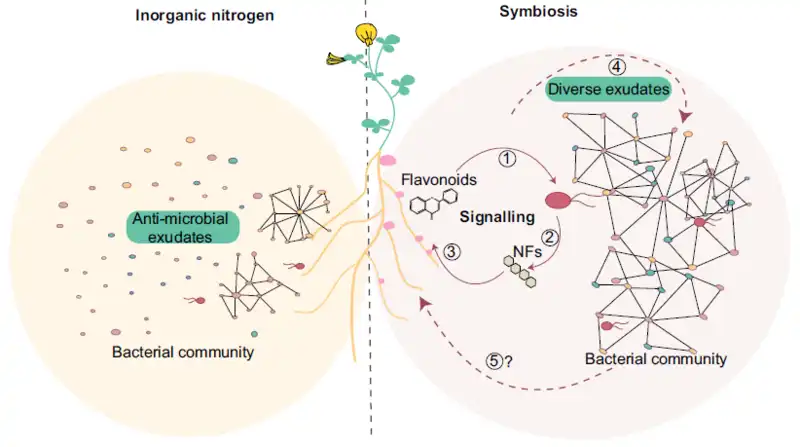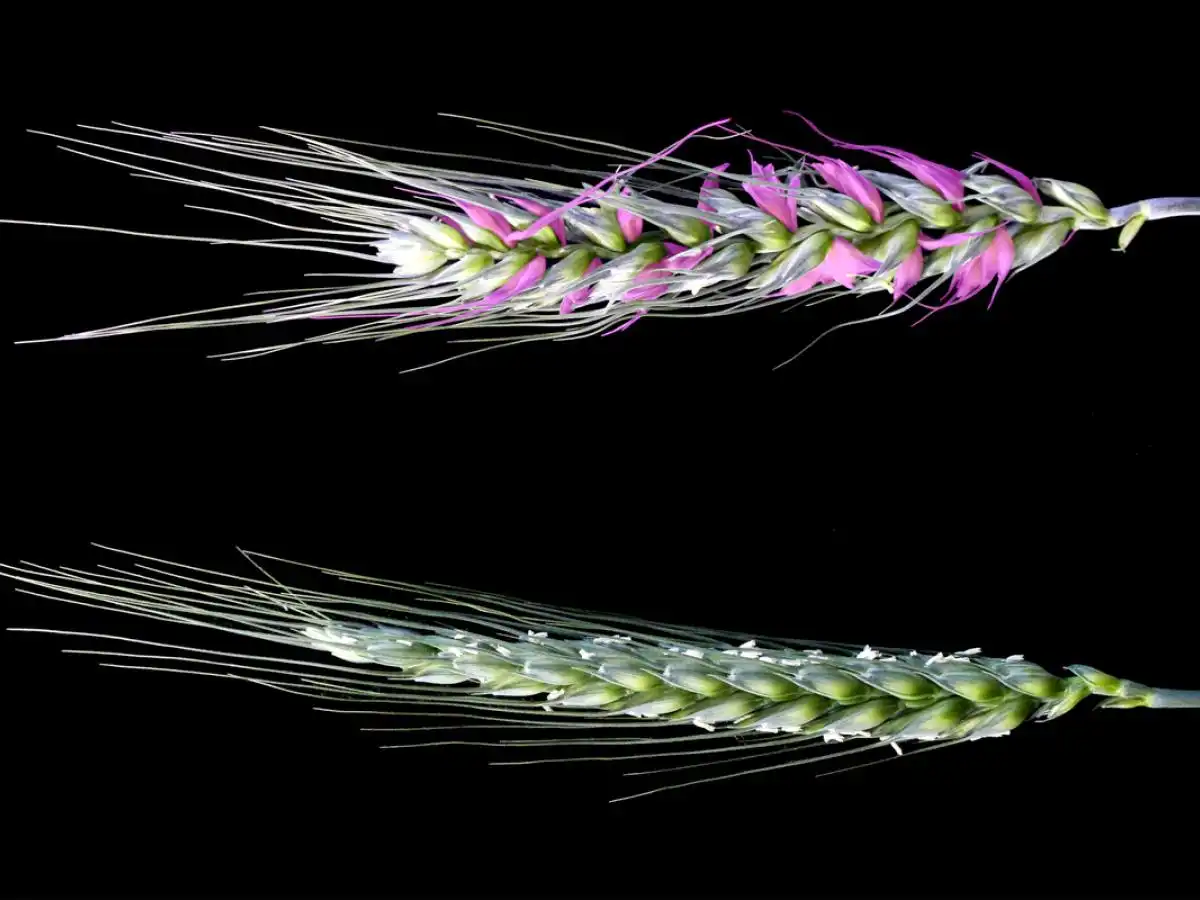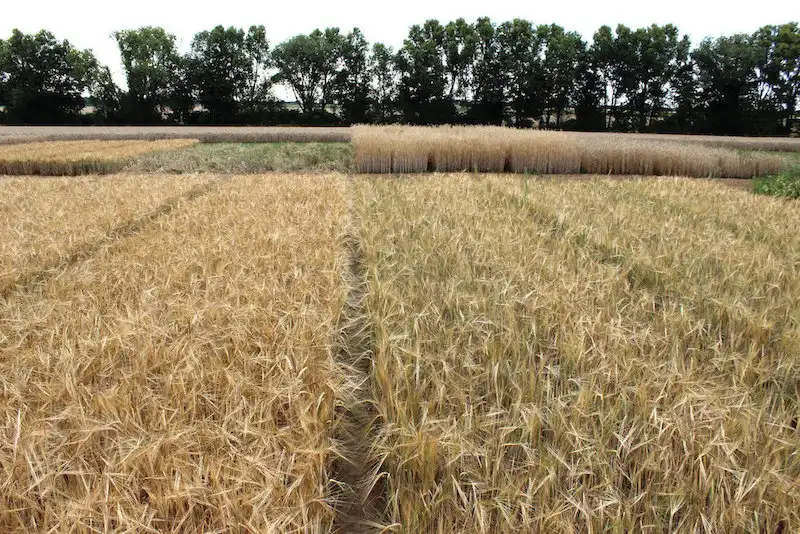
New sensing techniques reveal drought tolerance in ancient wheat and barley relatives, enabling the breeding of resilient crops for a warmer world. This systematic approach uses advanced imaging technologies to identify beneficial traits, paving the way for sustainable agriculture and improved crop yields despite climate change.













